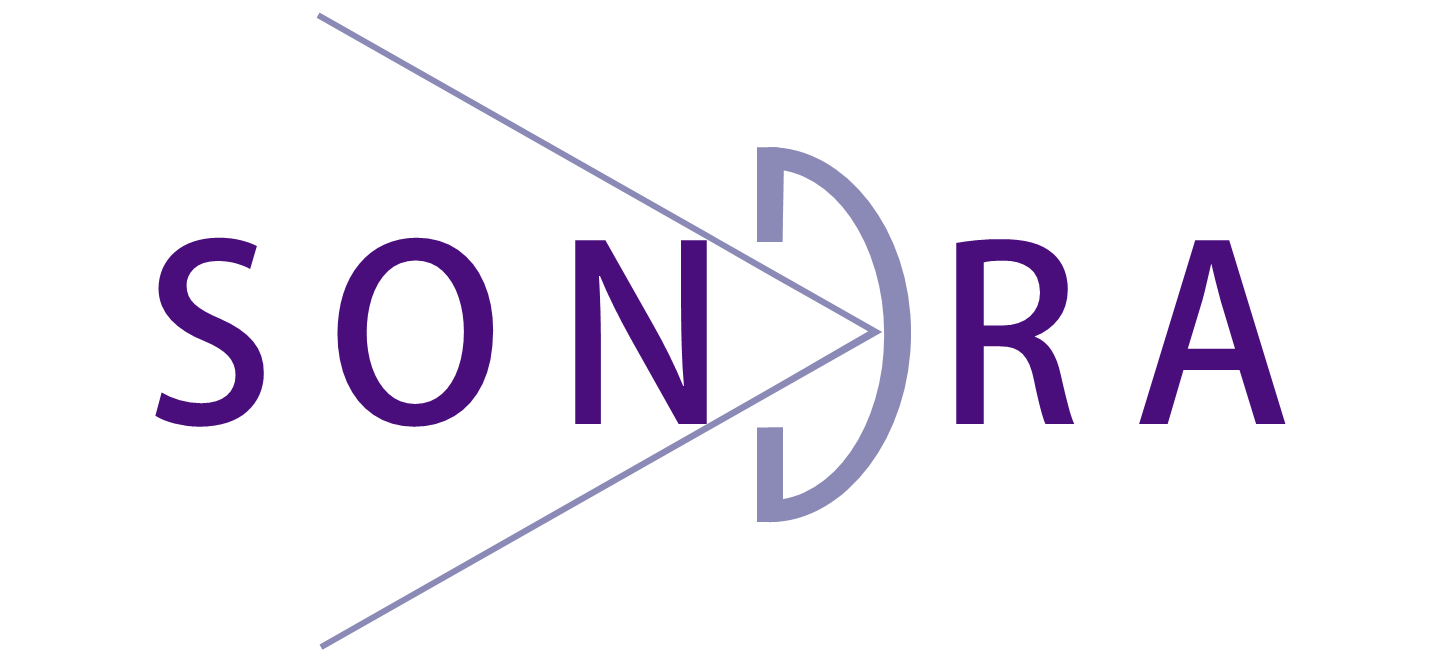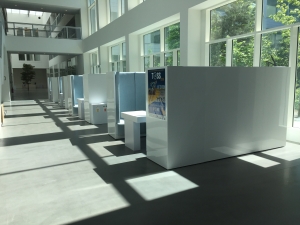M2 internship in the SONDRA laboratory at Centralesupelec
Starting date: between January and April 2021
Duration: 5 to 6 months
Supervision: Israël Hinostroza (israel.hinostroza@centralesupelec.fr), Chengfang Ren (chengfang.ren@centralesupelec.fr), Arnaud Breloy (arnaud.breloy@parisnanterre.fr) and Guillaume Ginohlac (guillaume.ginolhac@univ-smb.fr)
To apply, send a CV and a short description of your motivation to the supervisors
A doctoral thesis can be continued after this internship.
Topic: Subspace methods for TTW detection and classification
Over the past years, through the wall (TTW) radar signal processing attracted increasing interest due to its practical applications. Notably, the issue of clustering signals in order to classify the observation (e.g., distinguishing objects/humans, recognizing human activities) is an active topic of research [1-3].
A main specificity of TTW radar concerns inherent uncertainties on the steering vector model, which is induced by the propagation through the walls. Consequently, the received signal cannot be modeled by a single steering vector as in classical radar applications. A possible solution to solve this issue is to consider a subspace approach [4]. Therefore, this thesis aims to explore new detection/classification methods based on subspaces as main features.
The work program is the following:
-
- For the detection step, matched subspace detectors will be built on by introducing physical prior [5] (propagation model). We will extend this approach to integrate the signal uncertainties via a Bayesian approach, following from [6]. In particular, this modeling will allow us to distinguish useful signals from multipath and the clutter.
- These subspaces will be used as features to develop new clustering/classification algorithms. We will notably consider the decomposition of the data into multiple subspaces [2], using recent subspace clustering methods [4, 6]
- Available benchmarks datasets, such as [7], will be used to validate the proposed methods, along with, potentially, measurement campaigns conducted within SONDRA [8].
Bibliography
[1] Debes, C., Hahn, J., Zoubir, A. M., & Amin, M. G. (2011). Target discrimination and classification in through-the-wall radar imaging. IEEE transactions on signal processing, 59(10), 4664-4676.
[2] Bouzerdoum, A., Tivive, F. H. C., & Fei, J. (2017, March). Through-the-wall radar signal classification using discriminative dictionary learning. In 2017 IEEE International Conference on Acoustics, Speech and Signal Processing (ICASSP) (pp. 3136-3140). IEEE.
[3] Kılıç, A., Babaoğlu, İ., Babalık, A., & Arslan, A. (2019). Through-Wall Radar Classification of Human Posture Using Convolutional Neural Networks. International Journal of Antennas and Propagation.
[4] Vidal, R. (2011). Subspace clustering. IEEE Signal Processing Magazine, 28(2), 52-68.
[4] Hoarau, Q., Ginolhac, G., Atto, A. M., & Nicolas, J. M. (2017). Robust adaptive detection of buried pipes using GPR. Signal Processing, 132, 293-305.
[5] Ben Abdallah, R., Breloy, A., El Korso, M. N., & Lautru, D. (2020). Bayesian signal subspace estimation with compound Gaussian sources. Signal Processing, 167, 107310.
[6] Meriaux, B., Breloy, A., Ren, C., El Korso, M. N., & Forster, P. (2019). Modified Sparse Subspace Clustering for Radar Detection in Non-stationary Clutter
[7] https://www1.villanova.edu/villanova/engineering/research/Advanced-Communications/twri.html
[8] Peabody Jr, J., Charvat, G. L., Goodwin, J., & Tobias, M. (2012). Through-wall imaging radar. Massachusetts Institute of Technology-Lincoln Laboratory Lexington United States.


